Found 31 movies, 24 TV shows, and 0 people
Can't find what you're looking for?
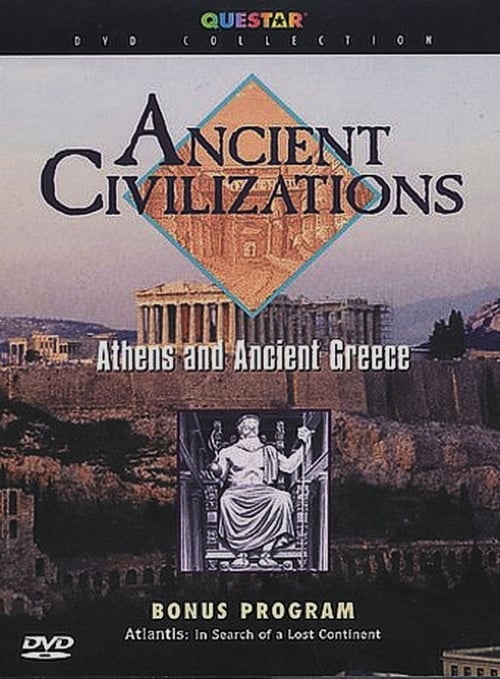
Ancient Greece was a civilization like no other - and now you can see why. Computer graphics, archival film, and classic art come together to recreate the past. Tour the Acropolis in the 5th Century B.C. Stand before Delphi's Temple of Apollo where the oracle spoke. Gaze at the Statue of Athena and marvel at the Parthenon. Walk through the Agora, the Temple of Zeus, and Olympia - home of the Olympic games. Sail to the legendary and lost continent of Atlantis. Experience the daily lives and customs of Ancient Greeks in this unforgettable journey.

Ancient Egypt, The Viking Seas, Ancient Maya Resurrection, The Secrets of Pompeii's Dead, The Lost Worlds of the Mediterranean, The Roman Empire

This time they go on a treasure hunt in Atami and Izu.

Today, the land between the Tigris and Euphrates Rivers is a barren desert. But centuries ago, this area in modern-day Iraq and southern Syria was known as Mesopotamia, a fertile plain that served as home to some of the earliest civilizations. Discover the Sumerian civilization, the first to successfully irrigate the region, form a government and developer a develop a written language. The program explores other civilizations that formed following the demise of the Sumerians--the warlike Assyrians and the prosperous Babylonians, who invaded Jerusalem under King Nebuchadnezzar.

The links between the ancient Greek civilization and our own can be seen in their art, philosophy, government, architecture and scientific advancements. This program invites students to explore the history and culture of ancient Greece, a civilization comprised of over 700 city-states, the largest of which was the legendary city of Athens. Journey to the Acropolis to see the grandeur of the Parthenon, and examine terra-cotta pottery, decorated with images depicting the adventures of Greek heroes, gods and scenes from everyday life.

Explore the ancient history of the Minoan and the Mycenaean civilizations, two remarkable cultures that took root 3,500 years ago around the Aegean Sea. Students tour the palace at Knossos in the hills of Crete, where beautiful frescoes decorate the walls, showing what the Minoans looked like, what they wore and aspects of their everyday life. The Minoans were artists, engineers, merchants and traders. By contrast, the Mycenaeans were strong warriors and craftsmen who took power after the Minoans' demise, and dominated the early Greek city-states until the Dark Ages.

Journey high into the Andes Mountains to discover the secrets of the ancient empire of the Inca, a civilization that rivaled the Roman Empire, yet rose and fell within 100 years. The Inca were advanced engineers and farmers, building complex terraces and canal systems to help farm the harsh terrain. Students will explore the stone ruins of the lost city of Machu Picchu, learn the important role that the sun played in the religion of the Inca and marvel at the many traditional foods they enjoyed, including corn and over 200 different kinds of potatoes! Discover the earlier civilizations that influenced the Inca, and see how the arrival of Spanish explorers led to the downfall of their society.

The ancient Maya were a highly organized civilization of hundreds of small city-states that developed in what is now Mexico and Central America. One of the earliest civilizations to settle in the Americas, the Maya built great cities dominated by huge stone pyramids that were designed to inspire awe among the people. In this program, students will follow archeologists into the ancient tomb of Lord Pacal, King of Palenque and learn the critical role of the king as both the leader of the city-state and a religious icon believed to be descended from the gods. The Maya were masters of astronomy, studying the stars and planets to create a calendar and determine the best times for planting and conducting sacred rituals. Discover their beautiful art and architecture, the detailed written language of glyphs and the value of corn and cacao in the society of the ancient Maya.

Join archaeologist Arizona Smith and a young detective-in-training as they unlock the clues of ancient Egypt, including a trip to the pyramids.

In this fascinating look at ancient China, one of the oldest continuous civilizations, students learn of the great Emperor Qin, whose dynasty was responsible for the construction of the Great Wall and whose elaborate tomb contained hundreds of life-sized clay soldiers to guard him in the afterlife. Trace the history and lasting legacy of the Shang and Zhou dynasties while marveling at the beautiful bronze vessels found during the excavation of the ancient city of Anyang. Explore the origin of Chinese innovations like silk, calligraphy and even the yo-yo, and discover how the famed "Silk Road" opened China's frontiers to trade.

Who were the Aztecs and how did they live? What happened to them and what did they leave behind? In this riveting program, viewers travel from present-day Mexico City to over 500 years into the past to learn about the amazing Aztec Empire. The Aztecs were a warlike people with their own religion, language and cultural rituals. Archaeological excavations that reveal remains of grand Aztec temples and statues provide a starting point for an exploration of this wealthy and highly organized society. Through colorful historical recreations and vivid graphic illustrations, students can easily imagine the Aztec island-city of Tenochtitlan and what everyday life may have been like for Aztec people.
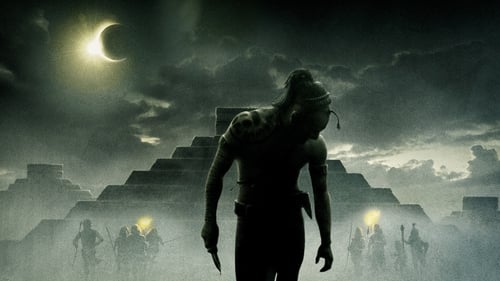
Set in the Mayan civilization, when a man's idyllic presence is brutally disrupted by a violent invading force, he is taken on a perilous journey to a world ruled by fear and oppression where a harrowing end awaits him. Through a twist of fate and spurred by the power of his love for his woman and his family he will make a desperate break to return home and to ultimately save his way of life.
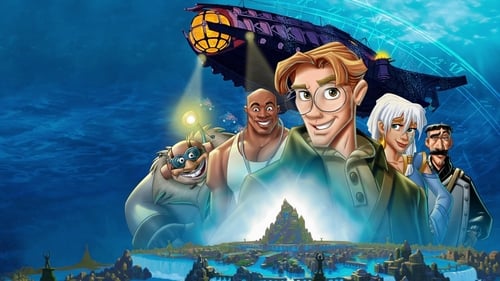
A young linguist named Milo Thatch joins an intrepid group of explorers to find the mysterious lost continent of Atlantis.

Over the centuries, explorers traded tales of a lost civilization amid the dense Amazonian rainforest. Scientists dismissed the legends as exaggerations, believing that the rainforest could not sustain such a huge population—until now. A new generation of explorers armed with 21st-century technology has uncovered remarkable evidence that could reinvent our understanding of the Amazon and the indigenous peoples who lived there. Using CGI and dramatic re-creations, National Geographic re-imagines the banks of the Amazon 500 years ago, teeming with inhabitants living in the Lost Cities of the Amazon.
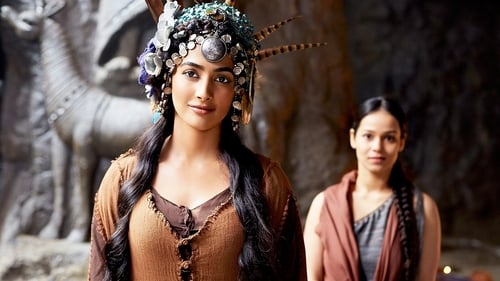
During the Indus valley civilization, an Indigo farmer strives for the justice and protection of the city of Mohenjo-Daro and its civilians from an evil politician.

Eight people embark on an expedition into the Congo, a mysterious expanse of unexplored Africa, where human greed and the laws of nature have gone berserk.

No description available for this movie.
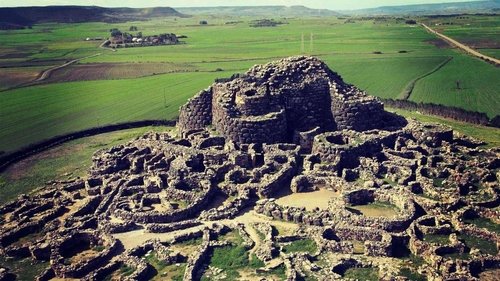
No description available for this movie.

It is possible that only one per cent of the wonders of ancient Egypt have been discovered, but now, thanks to a pioneering approach to archaeology, that is about to change. Dr. Sarah Parcak uses satellites to probe beneath the sands, where she has found cities, temples and pyramids. Now, with Dallas Campbell and Liz Bonnin, she heads to Egypt to discover if these magnificent buildings are really there.

A scientist in the rain forest squares off against a land developer while trying to solve some unexplained deaths.

Danielle Noble (played by Carla Ortiz) and her team of expert cave divers led by an ambitious american archaeologist (Steve Wilcox), undertake an expedition in search of the lost Mayan Library, without imagining they will instead find the hidden gates of hell known as Xib'alb'a.
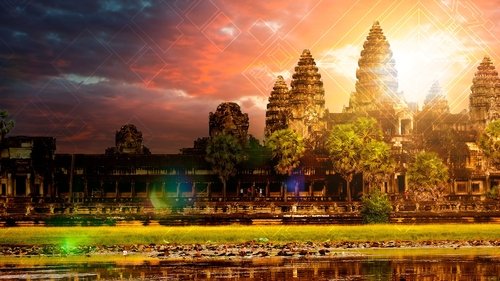
The ancients hid the secrets of their incredible knowledge of astronomy in their temples and palaces, built to align with the sun, on the same day, all over the world. Revealing our species' obsession with the sun, across thousands of years and every continent, this is architectural magic on a cosmic scale.
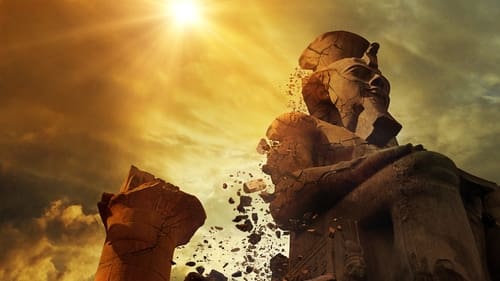
This explores the mysterious and catastrophic collapse of ancient civilizations during the late Bronze Age, from the Hittites to the Mycenaeans and the Egyptians, revealing the tumultuous events that brought an end to a thriving era of human history, and warns we may be facing similar threats today.
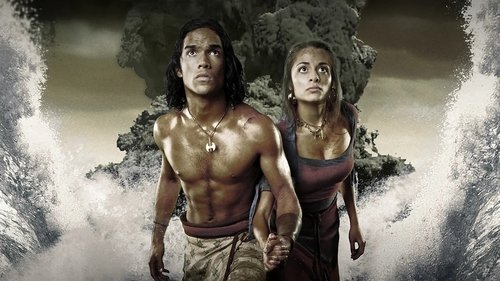
Tells the story of the greatest natural disaster of the ancient world, an event that experts believe inspired the legend of Atlantis.

No description available for this movie.
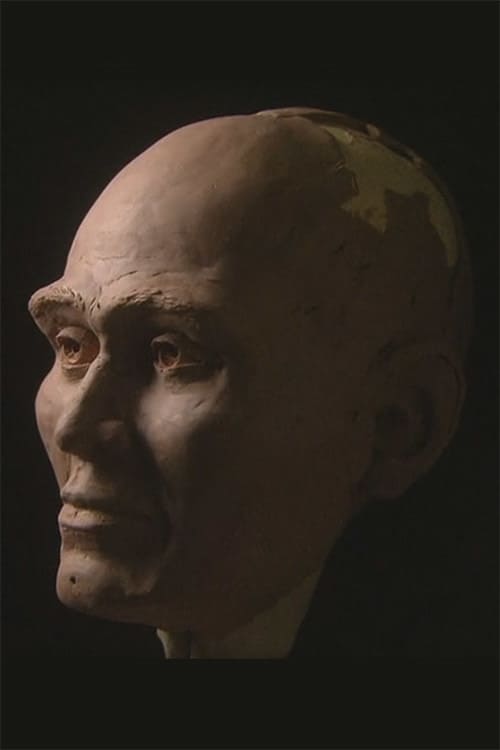
This documentary tries to unveil where the first Americans originated from.

An expedition sets out to uncover the long-lost traces of the Chola dynasty, venturing into uncharted lands filled with ancient traps, hostile forces, and forgotten secrets. What begins as a search for history soon becomes a perilous struggle for survival, where myths and reality collide and the fate of an entire legacy hangs in the balance.

Mesopotamia was the site of the Sumerian civilisation, which flourished at the confluence of the rivers Tigris and Euphrates. From 5000 to 2000 BC, the Sumerians flourished in a hostile environment by developing agriculture and irrigation and they opened up the trade routes of the ancient world. It was the Sumerians who invented writing and the wheel, and they first divided time into minutes and seconds. In the end however the Babylonian civilisation took the place of the Sumerians. However their heritage and myths live on in the Mediterranean and Western worlds to this day.

No description available for this movie.

Chaco Canyon, located in northwest New Mexico, is perhaps the only site in the world constructed in an elaborate pattern that mirrors the yearly cycle of the sun and the 19-year cycle of the moon. How did an ancient civilization, with no known written language, arrange its buildings into a virtual celestial calendar, spanning an area roughly the size of Ireland?
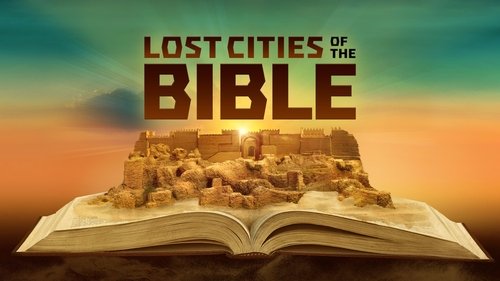
In the Bible, God destroys the sinful cities of Sodom and Gomorrah and sides with Joshua to conquer another misbehaving city: Jericho. Are these stories true or simply moral fables? Archaeological and geological evidence holds the answer.